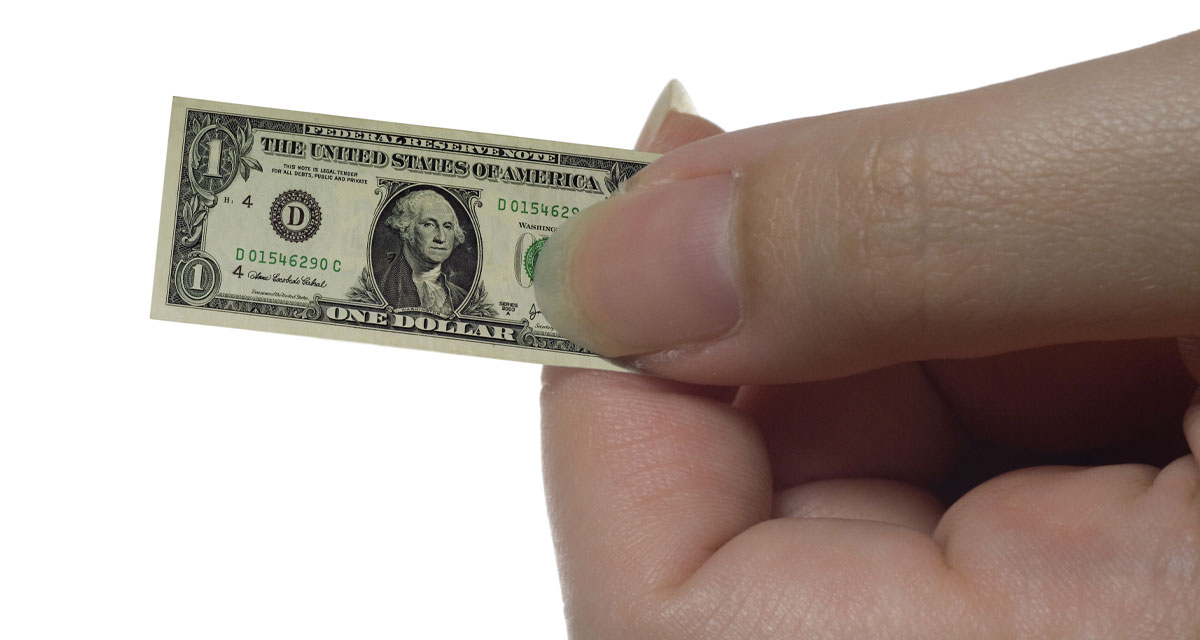Grandparents love to reminisce about the cost of goods and services in the good ol’ days. Sentiments such as, “I remember when the cinema cost a nickel” and “In 1965, I made $6,000 a year and only paid 30 cents for a gallon of gas.” Have you ever wondered why prices are drastically more today?
The Power of Inflation
It may be a cliché, but the dollar doesn’t buy nearly as much as it once did. In 1913, it had the same buying power as $26 in 2020. The cause is inflation, which impacts the price level of an economy over time. Lengthy wars, the increase in printed money, periods of drought, and rainy seasons all contribute to the purchasing power. Throughout history, we can see the reason behind soaring prices. And, when there is more supply than demand, prices fall.
Three separate factors create inflation.
- An increase in demand for products and services.
- The constraints on available supplies for goods and services.
- An increase in the amount of money printed.
While the first two examples impact the rise of costs based on availability, the third example results in the devalued dollar. Why? Because there is much more money in circulation. As the dollar value falls, it drives prices higher and increases the standard cost-of-living!
The Role of Farmers
In 1960, fewer farmers sought the ways of agriculture and they gravitated to the big cities to earn a living. Forty years later, only 1.9% of the population provided food. As the total number of farms and primary producers shrank, larger farms increased. Specialized machines, computers, drip irrigation, and heirloom seeds improved the old ways. Surprisingly, what popped up at a 200% increase was new produce, previously not grown in quantity. On an acre of land, farmers became micro-farmers, or grew strawberries, blueberries, watermelon, or cantaloupe.
The Desire for Coffee
Before pre-packaged and frozen foods, the staples were simply bread, milk, eggs, and coffee. The one commodity desire that hasn’t changed is a deep love of that rich aroma. In 2008, an economic slowdown impacted many chains; instead of blaming the economy, one coffee company sought to focus on its customer base. Over 5.5 million people typed out comments on social media to improve the “brand” and create a welcoming sales environment. Yes, economics experts might say, why not brew a cup for pennies rather than pay over $5 for a mocha latte or a Frappuccino? That cost tends to add up, to approximately $4,500 a year. But when it comes to self-reward or social ritual, humans will opt to spend money for a pleasant experience.
The Solution
How do you combat inflation? First, begin to implement the following good practices!
- Consider investing in a currency that has a universal value and still performs well during economic depressions, such as silver or gold. Keep watching prices!
- Continue to support local farmers, growers, and ranchers. Invest time in growing fruits and vegetables. Even if you do not have a yard, you can start growing foods your family and you most enjoy!
- Buy food items, such as canned vegetables, all-purpose flour, dehydrated fruits, in bulk. Having food on hand reduces the need to buy perishable products when prices rise.
- Assess your current finances and determine ways to save on energy costs.
- When the interest on money saved is lower than the inflation rate, it may seem pointless to increase savings; however, it’s still essential. Look into FDIC-insured bank savings and money market accounts.
- Create a plan to pay off debt, especially bills with high interest!
- Learn the ways of gas consumption. It takes up to 30% more gasoline to drive at 70 mph than 50 mph; so, start accelerating slowly after stops. Most importantly, keep your vehicle properly maintained and tuned.
- Ask yourself the question, “Do I need to buy this now?”
Prices rise and fall. The best investment you can make is to stock up on pantry and paper goods, shop wisely, pay off debt, and save money.



















